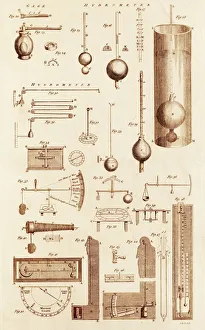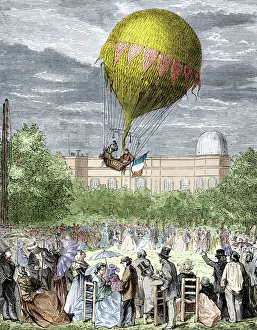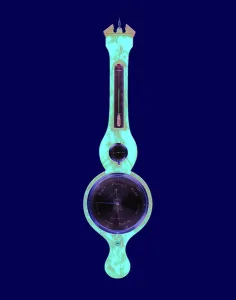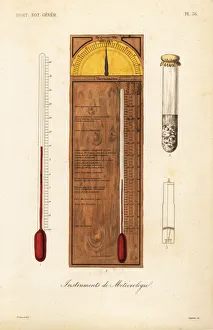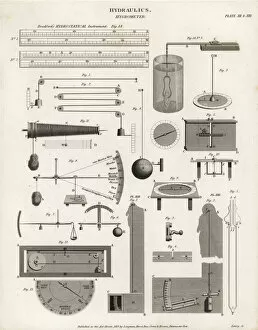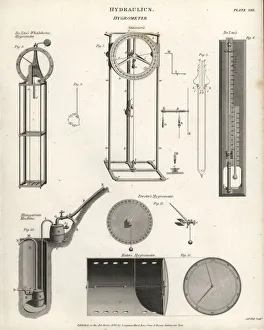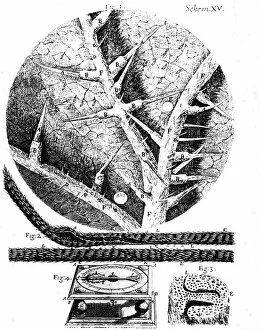Hygrometer Collection
The hygrometer, a fascinating instrument used to measure humidity levels in the atmosphere, has a rich history dating back centuries
All Professionally Made to Order for Quick Shipping
The hygrometer, a fascinating instrument used to measure humidity levels in the atmosphere, has a rich history dating back centuries. In the 18th century, various types of hygrometers were developed to accurately gauge moisture content. One such example is the Hydrometers and Hygrometers C017 / 3433. During this time period, meteorological flights like Barral & Bixios took place, where these instruments played a crucial role in gathering data about weather conditions. Alongside hygrometers, wheel barometers such as J. Ortelli & Co. 's mahogany masterpiece from the first half of the 19th century were also employed for meteorological observations. Illustrations from Robert Hooke's Micrographia published in 1665 showcased early hygrometers. These illustrations depicted innovative methods using natural materials like stinging nettle leaf undersides and wild oat beards to measure humidity levels. Prominent figures in science also contributed to advancements in hygrometer technology. Ferdinand Di Medici, an esteemed chemist known for his engraving work on scientific instruments, made significant contributions to improving their accuracy. Michael Faraday and John Frederic Daniell were two influential English scientists who furthered our understanding of atmospheric conditions through their research on hygrometry. Faraday was renowned for his groundbreaking discoveries in chemistry and physics while Daniell excelled as both a chemist and physicist with expertise in meteorology. With its ability to provide valuable insights into environmental conditions, the humble hygrometer continues to play an essential role today. From ancient times until now, this remarkable instrument has evolved alongside human curiosity about our surroundings.

